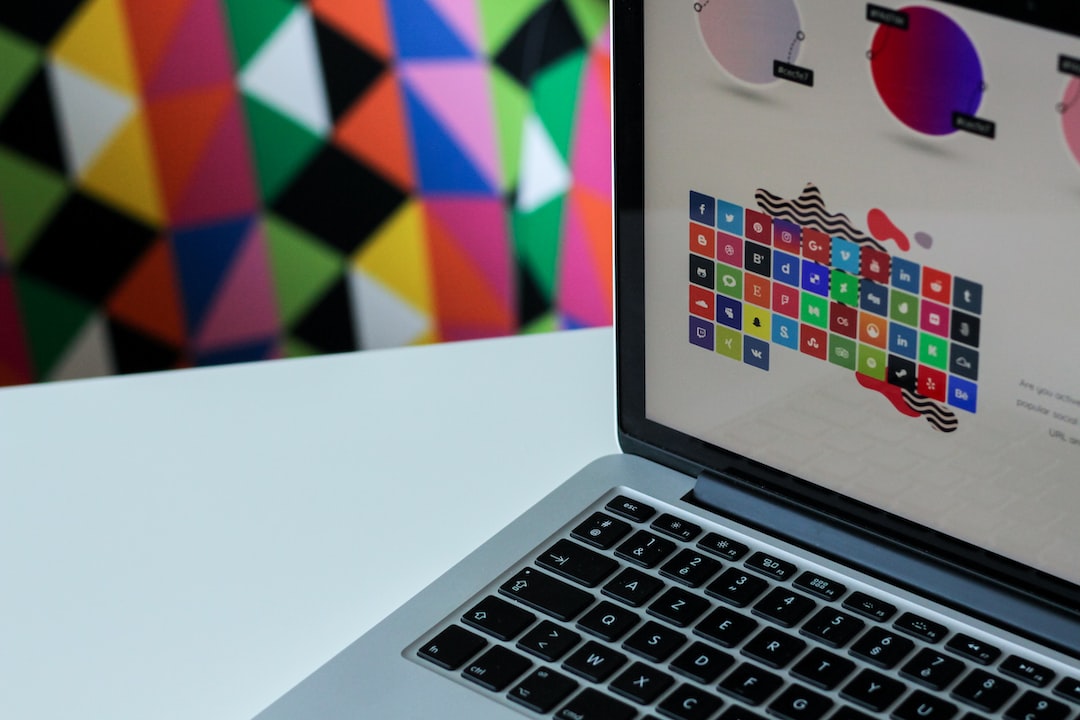Designing the Perfect Logo: Tips and Tricks
A logo is an integral part of any brand’s identity. It is the face of the company, representing its values, mission, and vision. The perfect logo can create a lasting impression on customers and set your brand apart from the competition. However, designing an effective logo is no easy task. It requires careful thought, creativity, and attention to detail. In this blog post, we will share some valuable tips and tricks to help you create the perfect logo for your brand.
1. Understand the brand and target audience: Before diving into the design process, it is essential to have a clear understanding of the brand and its target audience. Research the brand’s values, personality, and mission. This understanding will provide you with a solid foundation to design a logo that resonates with the brand’s identity and appeals to its target audience.
2. Keep it simple: Successful logos are often simple yet powerful. Aim for a design that is clean, minimalist, and easy to understand. A cluttered or overly complicated logo can confuse viewers and dilute the message you want to convey. Remember that simplicity can make a logo memorable and timeless.
3. Choose the right colors: Colors play a crucial role in logo design. They evoke emotions, communicate messages, and create a particular ambiance. Consider the psychology of colors and how they relate to your brand and target audience. For example, red can communicate energy and passion, while blue can evoke trust and calmness. It is also crucial to ensure that the colors you choose are visually appealing, complement each other, and work well in different contexts.
4. Use appropriate typography: Typography can have a significant impact on how a logo is perceived. Each font has its own personality and can convey specific emotions. For example, a bold, sans-serif font can communicate strength and reliability, while a handwritten script font can evoke elegance and creativity. Select a font that aligns with your brand’s personality and values.
5. Make it versatile: A logo needs to be adaptable and versatile across different mediums and platforms. It should look equally good when scaled down on a small business card or blown up on a billboard. Test your logo in various sizes and formats to ensure that it remains clear, legible, and visually appealing in all situations.
6. Consider scalability and responsiveness: In today’s digital age, having a responsive logo is essential. It should look great on various devices and screen sizes. Whether it is displayed on a desktop computer, smartphone, or tablet, your logo should maintain its integrity and readability.
7. Stand out from the competition: It’s crucial to differentiate your brand from the competition. Analyze your competitors’ logos and identify what sets them apart. Aim to create a unique logo that captures your brand’s uniqueness and sets it apart from others in the market.
8. Seek feedback: Feedback is a valuable tool in logo design. Share your logo concepts with colleagues, friends, and the target audience to gather their opinions and suggestions. Constructive criticism can help refine your design and identify any shortcomings that need to be addressed.
9. Avoid trends: While it’s tempting to follow the latest design trends, trendy logos can quickly become outdated. Instead, focus on creating a logo that will withstand the test of time. Aim for a design that is timeless, classic, and ageless.
10. Hire a professional designer: If you lack design skills or simply want a logo that truly stands out, consider hiring a professional logo designer. They have the expertise and experience to create a logo that accurately represents your brand and meets your specific requirements.
Designing the perfect logo is a laborious process that requires creativity, research, and attention to detail. By following these tips and tricks, you can create a logo that is visually appealing, memorable, and effectively represents your brand. Remember, a well-designed logo is a valuable asset that can leave a lasting impression on your audience and contribute to your brand’s success.










